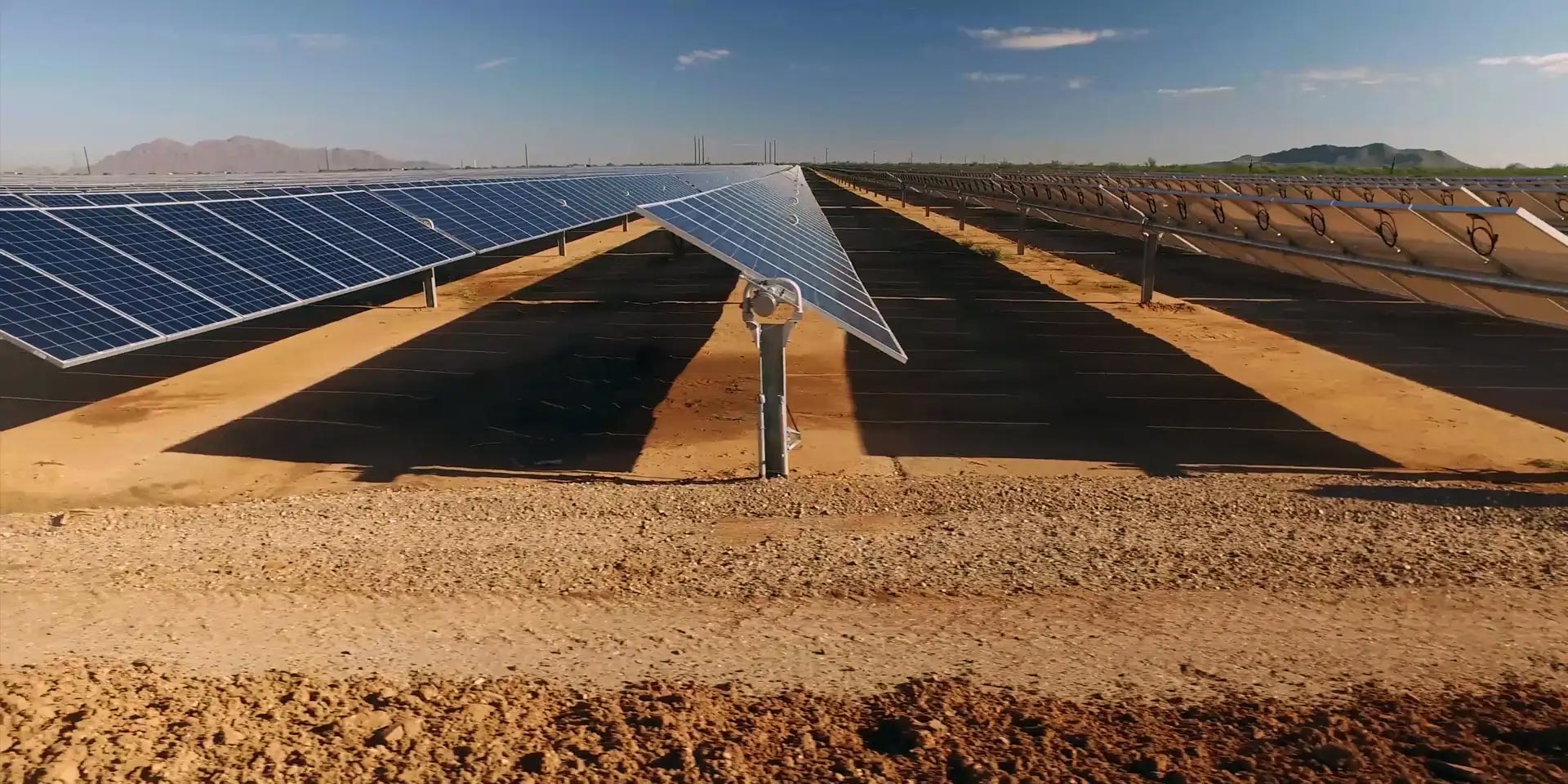AGL | CEF NEWSLETTER | China | CHINA MONTHLY ENERGY UPDATE | Coal/electricity/electrification | Critical minerals | CRITICAL MINERALS SERIES 2022-23 | Decarbonisation | Energy Crisis | Finance Sector & Emissions | Green Iron | Hydrogen | India & Adani | Nuclear | Podcasts | Solar | Submissions | Taxes & subsidies | US IRA/ NZIA et al |
MONTHLY CHINA ENERGY UPDATE | April 2025
– Renewables accounted for 89% of new capacity added in the first quarter of 2025 – Solar and wind power generation up 27% year-on-year in Q12025 – Grid investment spending hit US$13 billion, up 25% year-on-year – China’s coal imports drop amid trade uncertainties – 7+ countries strengthen renewable energy cooperation with China Read more
EVENT | Netzero Energy Transition Association – International Virtual Conference
I am honoured to be speaking at Netzero Energy Transition Association (NETRA)’s International Virtual Conference on hashtag#EarthDay2025 🌍 ! 🎤 […] Read more
OP ED | If Australia is serious about becoming a renewable energy superpower, China must be part of the answer
Published on the Lowy Interpreter Opinion piece by Caroline Wang, China Analyst, CEF Read more
PRESENTATION | Global Politics of Climate – at Smart Energy Council
In his talk, Tim highlighted China’s accelerating leadership in the global cleantech sector, with a record-breaking US$2.1 trillion invested worldwide in 2024, up 11% year-on-year. He emphasized China’s dominance across the entire cleantech value chain—from manufacturing and R&D to domestic deployment, exports, and US$155 billion in outbound foreign direct investment (OFDI) since 2023. Tim noted that China continues to lead in firmed renewable energy, adding an impressive 50GW of capacity in the first two months of 2025 alone. The rapid rise of New Energy Vehicles (NEVs) and battery energy storage systems (BESS) further underscores this momentum. Read more
PRESENTATION | China’s Dominance in Clean Tech
Tim presents at SPREE Seminar at UNSW. China is leading a global energy system transformation, driven by solar power and Battery Energy Storage Systems (BESS). In 2024, renewables accounted for 92.5% of global capacity additions, with ongoing deflation and technological advancements in solar and BESS fueling continued growth. China dominates cleantech manufacturing, research, development, domestic installations, exports, and foreign investments. It also leads the world in firmed renewable energy, adding a remarkable 375GW of zero-emissions capacity in 2024. Read more
PRESENTATION | Tim talks at Engineers Australia
Tim’s presentation at Engineers Australia on April 3 focused on China’s dominance in cleantech, particularly in solar and electric vehicles, and how it is rapidly decarbonizing. He also discussed global responses to China’s leadership and Australia’s efforts to adapt, including transitioning to renewable energy and decarbonizing its electricity system. Tim concluded by highlighting both the economic threats and strategic opportunities that China’s rise presents for Australia. Read more
VIDEO | China’s Dominance in Clean Tech
Tim presents at SPREE Seminar at UNSW. China is leading a global energy system transformation, driven by solar power and Battery Energy Storage Systems (BESS). In 2024, renewables accounted for 92.5% of global capacity additions, with ongoing deflation and technological advancements in solar and BESS fueling continued growth. China dominates cleantech manufacturing, research, development, domestic installations, exports, and foreign investments. It also leads the world in firmed renewable energy, adding a remarkable 375GW of zero-emissions capacity in 2024. Read more
EVENT | CEF, Jinko, and State Grid Corporation of China – Meet Up in Sydney
Date: April 2Location: 126 Phillip Street, Sydney On April 2, representatives from CEF, Jinko, and the State Grid Corporation of […] Read more
OP ED ON REPORT | Australia should hitch its solar wagon to the China juggernaut
Climate Energy Finance’s new report, International Solar PV and BESS Manufacturing Trends, has delved into developments across China, the European Union, the United States, India, Australia, and the Middle East through early 2025. CEF observes continued price deflation in solar PV and batteries – prices dropped 20% for batteries, and Chinese panels plummeted by 37 to 46% in 2024. This cost reduction has turbocharged deployment rates, with almost 600GW of solar PV installed in 2024. Assuming continued growth in China deployments, 700GW this year seems likely, and CEF projects this will rise to 1,000GW per annum by 2030. BESS installation rates are expected to treble in this timeframe. With solar modules and battery manufacturing capacity at three times the current global installations, expectations of plateauing installations are entirely unlikely. Read more
PRESENTATION | Australia’s Green Steel Transition: Opportunities and Challenges
Australia’s green steel transition presents both a major challenge and a significant opportunity. China is rapidly moving towards decarbonisation, creating an opportunity for Australia to lead in green iron production. However, building a green iron industry faces hurdles, even in adopting low-emission methods like Direct Reduced Iron given our expensive domestic fossil gas. Key steps for success in this industry were discussed at the Australian Green Iron & Steel Forum on March 26-27, 2025, at Pan Pacific Perth, where Tim was invited as a speaker. Read more
PRESENTATION | Tim talks about China’s Accelerating Dominance in EV at Solar & Storage 2025
The “Solar and Storage 2025” event was held on March 26-27, 2025, at the Brisbane Convention & Exhibition Centre. It focused on the latest in solar energy and energy storage, bringing together experts to discuss industry trends, challenges, and opportunities. Read more

